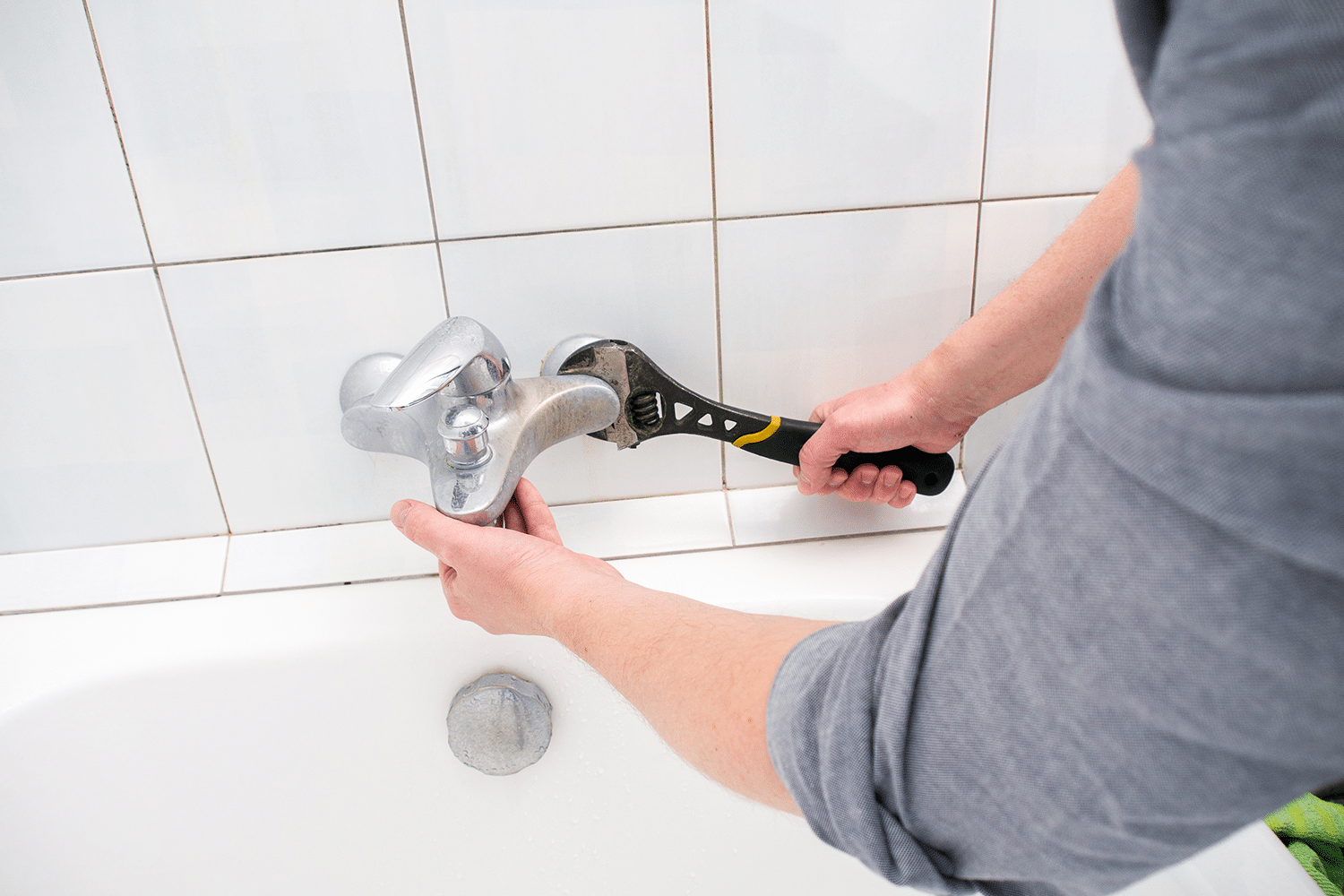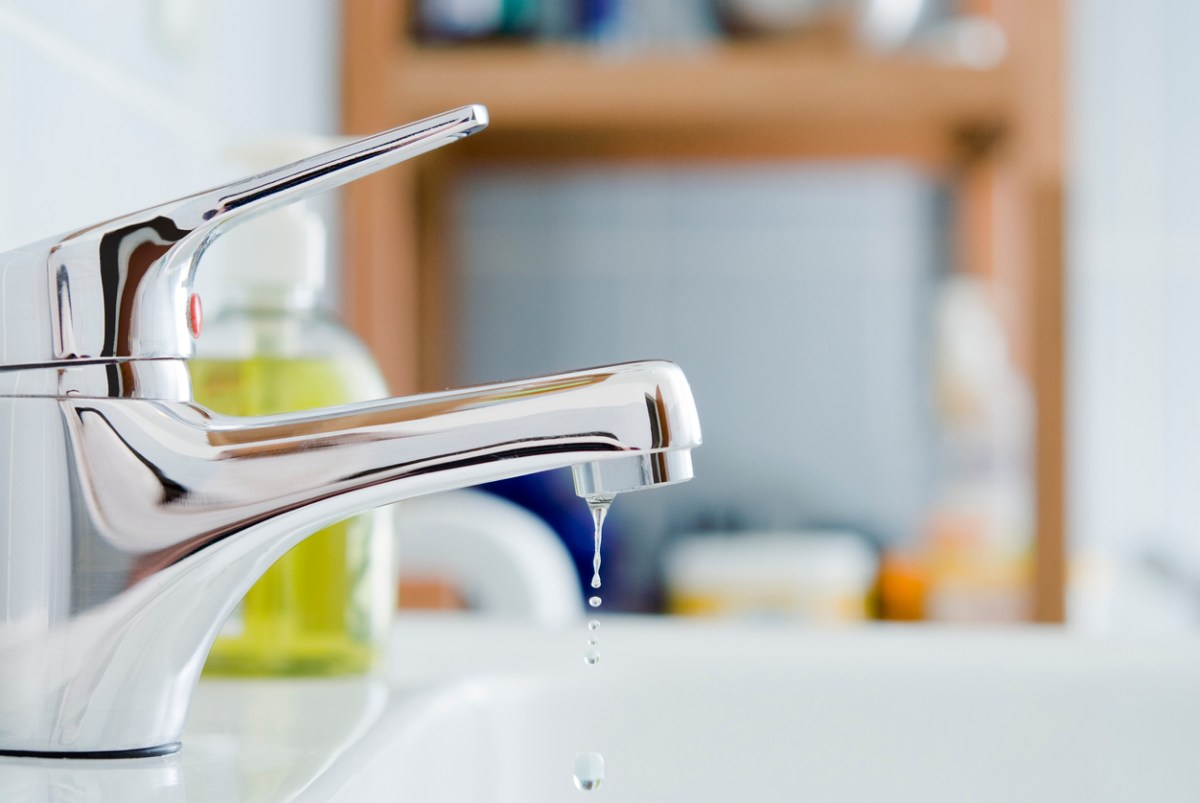An Importance of Resolving a Malfunctioning Faucet
An Importance of Resolving a Malfunctioning Faucet
Blog Article
What are your thoughts about 4 Common Reasons for a Leaky Faucet?

Leaking taps could look like a small trouble, but their impact exceeds simply the aggravation of the audio. From wasting water to sustaining unneeded monetary costs and health and wellness threats, disregarding a trickling faucet can lead to various consequences. In this write-up, we'll delve into why it's crucial to address this typical family issue promptly and effectively.
Wastage of Water
Environmental Impact
Trickling taps contribute considerably to water wastage. According to the Epa (EPA), a solitary faucet trickling at one drip per second can waste greater than 3,000 gallons of water per year. This not only stress water resources however also impacts ecosystems and wild animals based on them.
Financial Prices
Enhanced Water Costs
Beyond the ecological effect, trickling taps can inflate water expenses considerably. The accumulated wastefulness over time equates into greater energy expenses, which could have been prevented with prompt fixings.
Potential Building Damage
Additionally, long term trickling can bring about harm to components and surface areas surrounding the tap. Water build-up can cause staining, corrosion, and also architectural problems if left unattended, resulting in additional repair prices.
Wellness Concerns
Mold And Mildew and Mold Growth
The constant visibility of wetness from a trickling faucet creates an ideal atmosphere for mold and mold development. These fungi not only jeopardize interior air quality however also posture wellness threats, especially for individuals with breathing conditions or allergic reactions.
Waterborne Illness
Stagnant water in trickling faucets can become a breeding place for microorganisms and other virus, boosting the risk of waterborne illness. Pollutants such as Legionella germs grow in stationary water, possibly leading to serious illnesses when ingested or breathed in.
Do it yourself vs. Professional Repair
Pros and Cons of Do It Yourself Repair
While some may attempt to take care of a leaking tap themselves, do it yourself repair work include their own collection of difficulties. Without appropriate understanding and tools, DIY attempts can worsen the issue or bring about insufficient repairs, extending the problem.
Benefits of Working With a Professional Plumber
Hiring an expert plumber guarantees that the underlying root cause of the dripping faucet is attended to effectively. Plumbing professionals possess the experience and devices to diagnose and repair tap problems efficiently, conserving time and decreasing the danger of further damage.
Step-by-Step Guide to Fixing a Dripping Tap
Devices Required
Before attempting to take care of a leaking tap, gather the needed devices, including a flexible wrench, screwdrivers, replacement components (such as washing machines or cartridges), and plumber's tape.
Usual Tap Issues and Their Solutions
Identify the kind of tap and the details issue creating the drip. Typical problems consist of worn-out washers, corroded valve seats, or defective O-rings. Describe supplier guidelines or on the internet tutorials for step-by-step assistance on repair work.
Safety nets
Normal Upkeep Tips
To stop dripping faucets, do regular maintenance such as cleansing aerators, inspecting for leakages, and changing damaged components immediately. Furthermore, consider mounting water-saving devices or upgrading to extra efficient fixtures.
Relevance of Prompt Repair Works
Resolving dripping taps as quickly as they're noticed stops additional water wastefulness and potential damages, eventually conserving both water and money in the long run.
Impact on Residential Property Worth
Understanding of Well-Maintained Home
Preserving a residential property in good condition, consisting of attending to upkeep problems like leaking faucets, enhances its viewed worth and worth among possible customers or renters.
Influence on Resale Worth
Characteristics with well-kept plumbing fixtures, consisting of taps, command higher resale worths in the property market. Dealing with leaking taps can contribute to a favorable impression during residential or commercial property assessments and settlements.
Environmental Duty
Specific Payment to Conservation
Taking duty for fixing trickling faucets straightens with wider efforts towards water conservation and environmental sustainability. Every person's actions jointly make a significant impact on preserving valuable sources.
Sustainable Living Practices
By prioritizing punctual repairs and taking on water-saving practices, individuals contribute to lasting living techniques that profit both present and future generations.
Verdict
Attending to a leaking tap exceeds plain convenience; it's an important action toward conserving water, minimizing monetary prices, and protecting health and residential property. Whether through do it yourself repairs or expert aid, taking action to fix leaking faucets is a tiny yet impactful method to promote responsible stewardship of sources and contribute to a much healthier, extra lasting future.
How to Fix a Dripping or Leaky Faucet
A leaking faucet is one of the most common problems that homeowners encounter, but it being commonplace doesn’t make it any less annoying. The constant drip drip drip of a leaking bathtub faucet, showerhead, or sink tap can disturb your home’s serenity. Left neglected, a dripping faucet can also result in higher water bills and discoloration or mold growth in your sink or plumbing fixtures.
Fortunately, you don’t have to be a trained plumber to know how to stop a dripping faucet. With some basic tools, replacement parts, and a little patience, leaky faucet repair is a breeze. In this article, we’ll explain what causes dripping faucets and how you can fix them.
What Causes a Leaking Faucet?
Kitchen and bathroom faucets come in all manner of designs, but most involve some combination of valves, O-rings, seals, and washers. The O-ring is usually the weakest link, but any one of these pieces can wear down over time. Heat, moisture, temperature fluctuations, minerals, mold, and movement can contribute to warping and corrosion, breaking the watertight seal. This just comes with the territory of being a homeowner. Everything is always subject to wear and tear, and some component parts of your appliances and fixtures need to be replaced on occasion. At least replacement O-rings are cheap!
More rarely, dripping faucets can be a symptom of excessively high water pressure. Were this the case in your home, you would probably notice that the leak is not isolated to one faucet. Water pressure issues are harder to resolve on your own. We recommend contacting a professional plumber if you suspect your water pressure is too high.
How to Fix a Dripping Faucet
Pipe wrench or monkey wrench Allen wrench set Screwdrivers Old towel or rag Shut off the water.
Before you do anything, you need to turn off the water to keep from drenching your kitchen or bathroom. You should find a valve under the sink and against the wall. Once you’ve turned this valve, try turning the faucet on to confirm that the water source has been cut off.
If you can’t locate your local valve for the faucet you’re working on, you can always shut off the water to the house at the main valve. Of course, this will prohibit anyone from using the sinks, showers, or toilets while you’re working on the faucet that’s giving you trouble.
Plug or block the drain.
You’ll be disassembling the faucet and removing some small bits of hardware. Plug the drain with a stopper or rag to avoid the possibility of a small screw falling into your P-trap.
Take apart the faucet assembly.
There are several varieties of kitchen and bathroom faucets, each with its own manner of assembly. For detailed instructions on how to disassemble your faucet, you can refer to the fixture’s manual or contact the manufacturer. If you know whether you have a ball, disc, cartridge, or compression faucet, you can find detailed schematics online.
In general, you need to begin by removing the faucet handles. You might notice a small screw that you’ll need to remove with a screwdriver or Allen wrench. If you don’t see any visible securing hardware, it’s likely hidden under a decorative cap that can be unscrewed or popped off with flathead screwdriver.
Remove each piece methodically, consulting a schematic when necessary. Take notes or arrange the pieces in such a way to make it easier to correctly reassemble the faucet later.
Remove the cartridge.
Once you’ve removed the handles and securing hardware, you should be able to remove the valve cartridge or stem. Some cartridges will slide right out. Other faucet models will require you to loosen a nut with a pipe wrench before you can remove the valve stem.
Examine the exposed hardware.
With the cartridge or stem removed, inspect the component parts. Check the rubber O-rings for wear and tear. Also examine the seat washer for corrosion or other damage. These pieces are usually the responsible parties for a dripping faucet, but it’s worth inspecting the other component parts while you have the faucet disassembled.
Find replacement parts.
Once you’ve identified which faucet component has failed, find an identical replacement. Your local hardware store should have O-rings, seat washers, and other standard components in stock. If you have a luxury or uncommon faucet, you may have to contact the manufacturer for a replacement part.
It’s a good idea to take your old parts with you to the hardware store so you can compare them with the store’s inventory and be sure you’re purchasing the correct replacement.
Reassemble the faucet.
With your new parts in hand, reconstruct the faucet and handles. Don’t be tempted to overtighten screws or nuts. You might think this could create a better seal, but it can instead damage or bend a delicate part of the assembly and create a new problem for you.
Turn on the water and test the faucet.
The only thing left to do is test your work. Unplug the sink, turn the water back on, and try the faucet. Congratulate yourself on a job well done!
https://www.libertyhomeguard.com/how-to-fix-a-dripping-or-leaky-faucet/

As a serious reader about Why Are My Faucets Dripping (And Can I Fix It Myself)?, I was thinking sharing that piece of content was beneficial. If you appreciated our article please do not forget to pass it around. We recognize the value of your readership.
Report this page